13 Home Heating Myths and Misconceptions – It’s Time to Stop Believing These!
-
- Last updated:
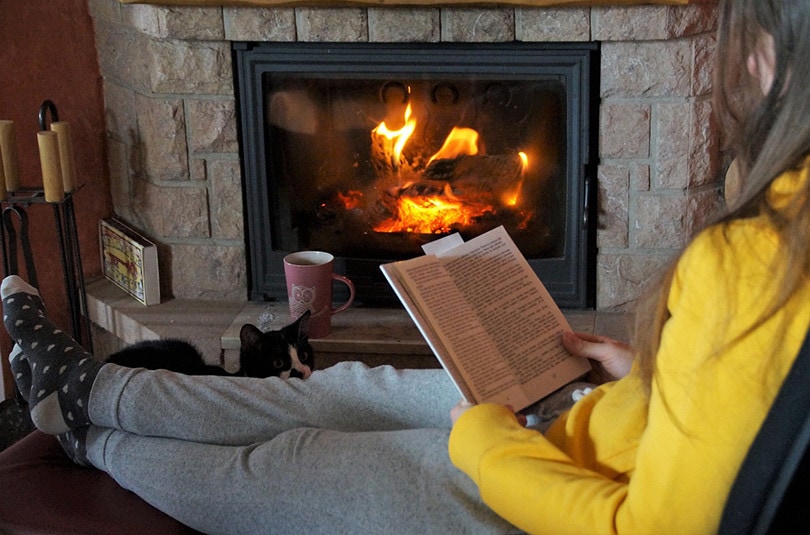
Nothing feels better in the winter than cozying up on your couch, drinking hot tea or coffee, and enjoying a movie in a warm house. We need to thank our heating systems for that, of course. Most households in the US rely on a central furnace to provide heat. However, every single home or apartment has its own sets of controls that allow “fine-tuning” the system to their liking. Unfortunately, there are lots of myths surrounding home heating.
Some experts claim furnace maintenance is a waste of money. Others believe the bigger the furnace, the better it will be at keeping the house warm. The number of popular misconceptions about the HVAC system is quite big. So, today, we’ll check out the most common myths and expose the truth behind them. Ready to have your eyes opened? Then stick around!
The Top 13 Home Heating Myths and Misconceptions
The Furnace
1. Shutting the Furnace Off While You’re Away Is the Right Call
You’ve probably heard experts on TV or the Internet encouraging folks to turn the HVAC off when they’re away. So, should you follow their advice? No, you really shouldn’t. True, in the short run, that will, indeed, lower the utility bill. However, shutting the furnace ON or OFF all the time puts a lot of pressure on the system. In the long run, that means more money spent on repairs.
Finding The Right Balance
The best thing to do here is to lower the temperature by 3–4 degrees when you’re not home. That way, you’ll still cut the bill a bit, but no extra strain will be put on the furnace. If the thermostat is programmable, set it to go back to optimal temps an hour or two before you get back.
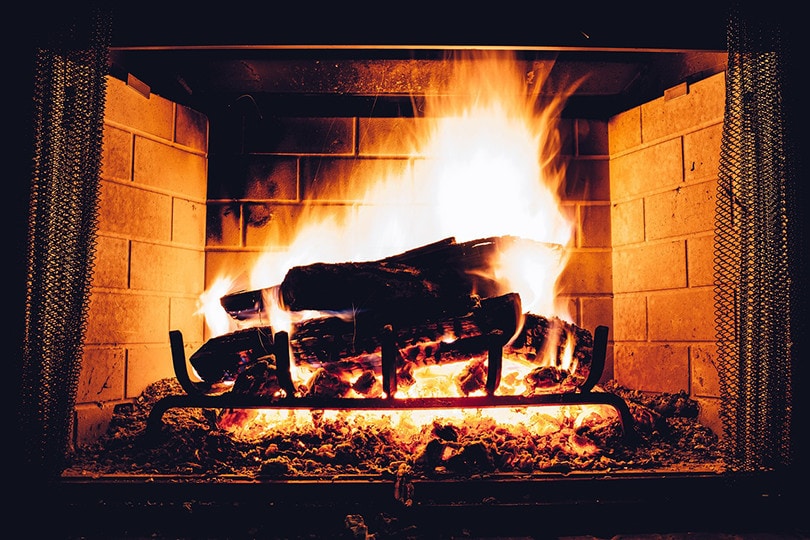
2. Heating System Maintenance Is a Waste of Money
Why fix it if it’s not broken, right? While there is logic in this, it doesn’t apply to the heating system. It’s one of the most complex mechanisms in the house and tends to break. Make a habit of having an HVAC specialist over at least once in six months. In the US, furnace tune-up isn’t at all expensive. Besides, if there’s a problem with it, the sooner you fix it, the better.
Scheduled maintenance can also help boost the overall efficiency of the heating system. A quick note: most HVAC companies and services offer lots of incentives and discounts on long-term plans. If you’re 100% happy with the work they do, consider investing in a two-year plan.
3. As Long as The Furnace Is Working, I Don’t Have to Replace It
Start saving for a new furnace BEFORE it breaks down! This is the most important rule to follow. True, you can keep the old system running to the bitter end, but you need to have “rainy day money” to buy a new furnace when the stock one gives up on you. When it’s cold outside and you have no means of heating the house, that can lead to all kinds of unwanted consequences.
And if you’re worried about this being a costly investment, don’t be. A brand-new furnace will pay for itself in two or three years. As mentioned, a high-efficiency system lowers the natural gas bill significantly. On average, it’s recommended to replace the furnace every 10–12 years.
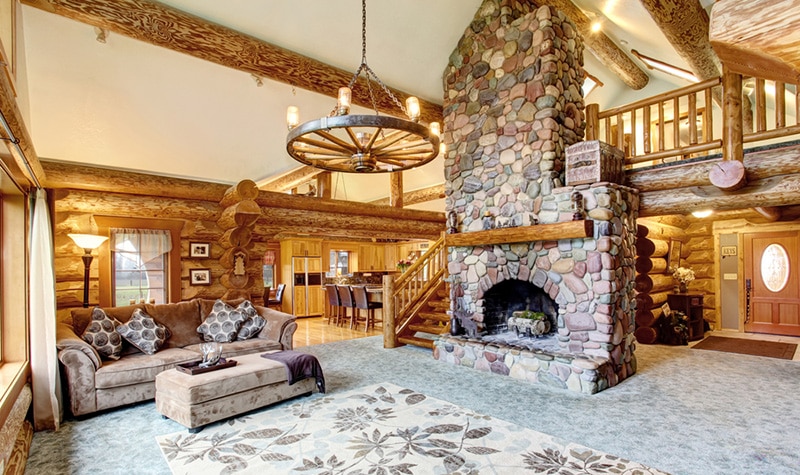
Does the Brand Matter?
What about the manufacturer, though? Should you only invest in a furnace from a famous brand? The answer is no, don’t pay that much attention to the company. While it does matter, you should focus more on the installation part. That’s right: a properly-installed heating system is a lot more important than a fancy one that’s poorly mounted and connected.
4. Bigger Furnace Equals Better Heating
The size of the furnace needs to only be dictated by the size of your home. If it’s not particularly big, there’s little reason to install a larger-than-average furnace. Furthermore, an oversized HVAC system will have a shorter lifespan compared to a smaller furnace. The reason: a system that was initially designed to handle larger areas will have to constantly shut itself off, and that can hurt performance and longevity.
Therefore, when installing a new furnace, heat pump, or any other HVAC part, it’s the contractor’s job to fit/match the size of the system to that of your home. Otherwise, it will cost you more, and you’ll constantly have to deal with low efficiency, premature breakdown, and leaks. Humidity can also be an issue.
The Thermostat and Portable Heaters
5. The Thermostat Doesn’t Affect the Utility Bill
In many ways, the thermostat is the most vital part of any heating system. With it, you can turn the temperature in the house up and down. Now, to keep above-average temps, the furnace has to work harder. That means a higher bill at the end of the month. So, yes, the thermostat does very much affect the bill, which is why you should always keep your eye on it.
The recommended temperature is in the 60–65°F range, even though most Americans prefer it to be around 70ºF. If you keep the temps a bit lower and put on a sweater, you’ll get to save a lot of money over the winter months. If you’re on a tight budget, set the thermostat to 55 degrees when you leave for work. That’s the lowest setting that keeps the pipes running.
Image Credit: orcrist, Pixabay
6. Cranking the Thermostat Will Heat the House Faster
Another common misconception—the higher the temperature settings on the thermostat, the faster it will heat the house. That’s not true, though. No matter how high (or low) the programmed temperature is, the thermostat won’t work any faster or slower. Yes, it will take more time to reach, say, 70°F than 60°F, but the heating rate will always be the same.
7. Thermostat Location Doesn’t Matter
Of course, it does! Just like any other temp controlling system, a thermostat works by measuring the temperature around it. Thus, if you’ve got it installed in the kitchen, near an oven, or right next to a notebook’s fan, that will, most definitely, affect how the thermostat gauges the room. Putting it on the floor or near an open window/door will also “trick” it into using the wrong settings.
But, this shouldn’t be an issue because HVAC specialists know exactly where to install the thermostat. So, unless you installed it yourself or moved it around, it should be working flawlessly.

8. Space Heaters Are the Perfect Solution for Cold Spots
Portable slash space heaters can be a lifesaver in certain situations, we won’t argue against that. If they have tip-over protection and an automatic shutoff function, you can keep them around and use them for emergencies. However, they can’t replace a full-fledged HVAC system. If you feel like one of the rooms is colder than the rest, that means there’s something wrong with the furnace.
Besides, depending on how powerful the portable heater is, it might be putting high pressure on your outlets and electric wires. In any case, if the problem with uneven heating doesn’t go away, have a specialist over. They’ll check the system, tune it up, and—hopefully—fix it.
Floors, Windows, Vents, And Pumps
9. Closing Vents in Empty Rooms Saves Money
If you spend most of your time in the kitchen and the living room, you can just close the vents in unused rooms and cut the heating bill, right? Well, not quite: modern-day heating systems are specifically designed and engineered to fit the exact size of your house/apartment, not just parts of it. Thus, if you go ahead and close some of the vents, that will put the system at unnecessary risk by building up pressure in the furnace.
At first, you won’t notice any side effects. But, if this goes on for a while, it could lead to leaks within the HVAC system. As a result, you’ll lose some of that precious energy/heat and still pay for it. Closing vents in different rooms will only make sense if you have what’s called a “zoned” house. Most residential homes are NOT zoned, though.
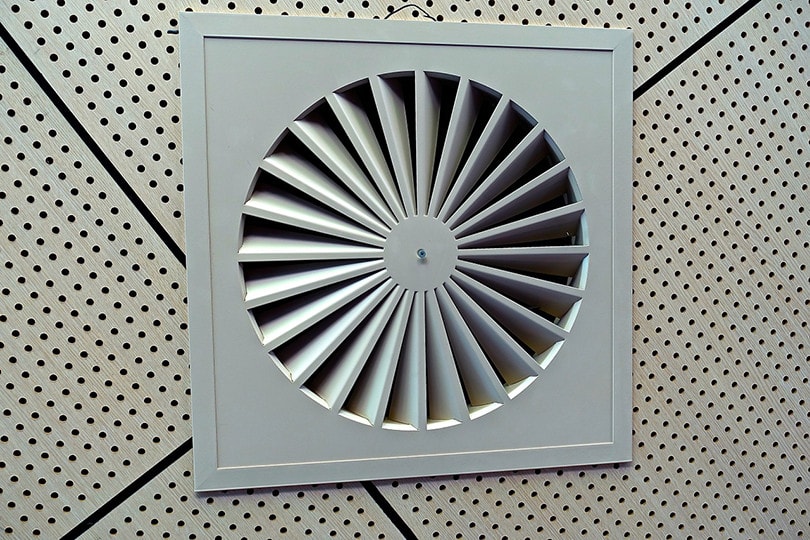
10. Cold Feet Is a Normal Thing for Winters
No, it’s absolutely not normal for the floor to be freezing and for your feet to be cold all day long. The solution here is rather simple: you need to ensure proper insulation because poor winterization is the #1 cause of cold floors. If you’re looking for a quick and cheap solution, buy a thick carpet or area rug and put it where you spend most of your time at home.
Or, if you’re ready to take the longer (and more efficient) route, remove the hardwood, laminate, or tile floor, add an extra layer of thermal insulation, and put everything back on. Oh, and don’t forget to check on the floor registers. Chances are, they’re blocked by furniture, and that’s what’s causing the drop in heat.
11. Windows Are More Important Than the Furnace
Yes, the windows do matter. If they’re of poor quality—letting warm air out and cold air in—it will be much harder for the HVAC to keep the temperature up. However, the windows are not more important than the heating system. With that said, check on the windows once in a while and inspect them for signs of leaks. In most cases, low-quality/peeling weather-stripping is what’s causing the temps to drop.
Are you the proud owner of brand-new, tight-seal windows? Then it’s probably the roof to blame. In the average American home, +/-45% of heating/cooling loss comes from ceilings and roofs. While you’re at it, check the doors as well. It might be that they’re sagging and letting air in and out.
12. Heat Pumps Don’t Work in the Winter
Located on the outside, heat pumps are equally great at heating and cooling a house. And, while their efficiency might drop a bit when it’s extremely cold, they won’t stop working. Heat pumps are constructed with below-average temperatures in mind and aren’t “afraid” of the winter. Besides, since they’re a part of the HVAC system, they get some heat from the furnace.
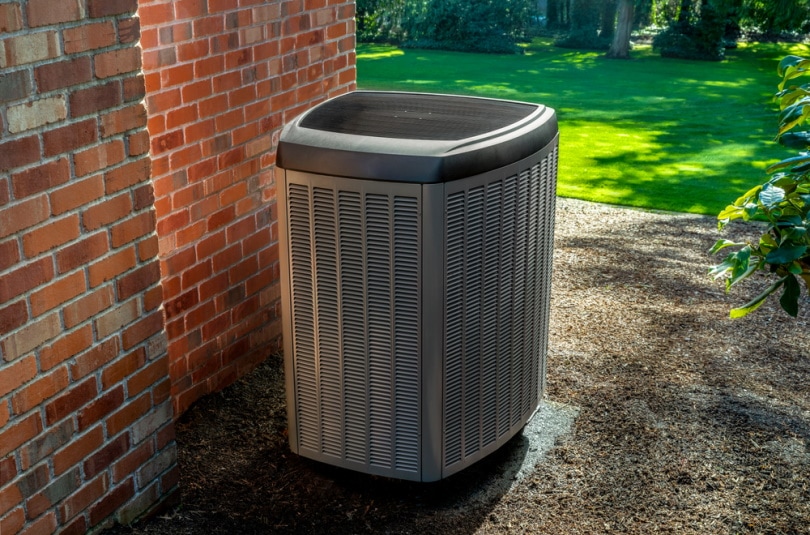
13. Heating the Basement Will Keep the Whole House Warm
It’s no secret that warm air tends to rise. But, that doesn’t mean that if you only heat the basement/lower floor, the rest of the rooms will also get warm. The thing about air—it doesn’t spread out evenly. There are always “pockets” of heat and cold air in any enclosed space. The good news is HVAC systems are designed in a way that every single room gets its fair share of heat.
How Can I Reduce Home Heating Costs? Tried-And-True Tips
If you live somewhere in Florida or Arizona, this will probably be a foreign concept to you. However, folks up north know very well what inflated heating bills look like in the winter. So, here are some quick and simple steps you can take to keep that utility bill from shooting through the sky:
- Ease up on the warm showers. Yes, we all love to take warm showers—they’re very relaxing (and healthy). However, the water doesn’t have to be Earth-scorching. By default, water heaters are set to 140°F. Even if you drop that to 120°F, that will save up to 11% on water heating costs per year.
- Keep the ceiling fan on all the time. No, fans aren’t just for air conditioning on a hot summer day. Say, when the ceiling fan direction is clockwise, it will push the warm air (that always rises to the top) back down the walls, making the room warmer.
- Check your insulation. More specifically, we’re talking about attic insulation. According to the experts, it should be 10–12 inches thick (preferably fiberglass). Without proper insulation, a big chunk of the heat generated by the furnace will just escape through the roof.
- Don’t underestimate the drapes. It might sound a bit silly, but if you open and close the drapes “strategically”, that can help lower the utility bill. Keep the drapes and blinds open when the sun is up and close them when it sets. The sun is a natural and 100% free heating machine—take advantage of it!
- What about an electric blanket? If you’re a bit cold during the night but don’t want to crank up the furnace, an electric blanket might help. Just turn the thermostat down when you go to sleep, and the blanket will keep you nice and warm. These are available for as cheap as $50–

Conclusion
Heating bills are at an all-time high, which is why it’s very important to know your way around the furnace. Today, we debunked the biggest myths about heating systems. Regular maintenance, proper insulation, and a better understanding of what the thermostat does can help you not only cut the heating costs but also keep the home warmer and safer.
Big-time brands don’t necessarily mean a better deal, just like closing vents in empty rooms doesn’t equal a more efficient furnace. Keep this guide as your “cheat sheet” and use it every time you decide to change something in the heating system. Master the art of home heating, stay warm, and don’t believe any myths you hear!
See also: When to Replace a Furnace – 7 Signs to Look For
Featured Image Credit: ivabalk, Pixabay
Contents

